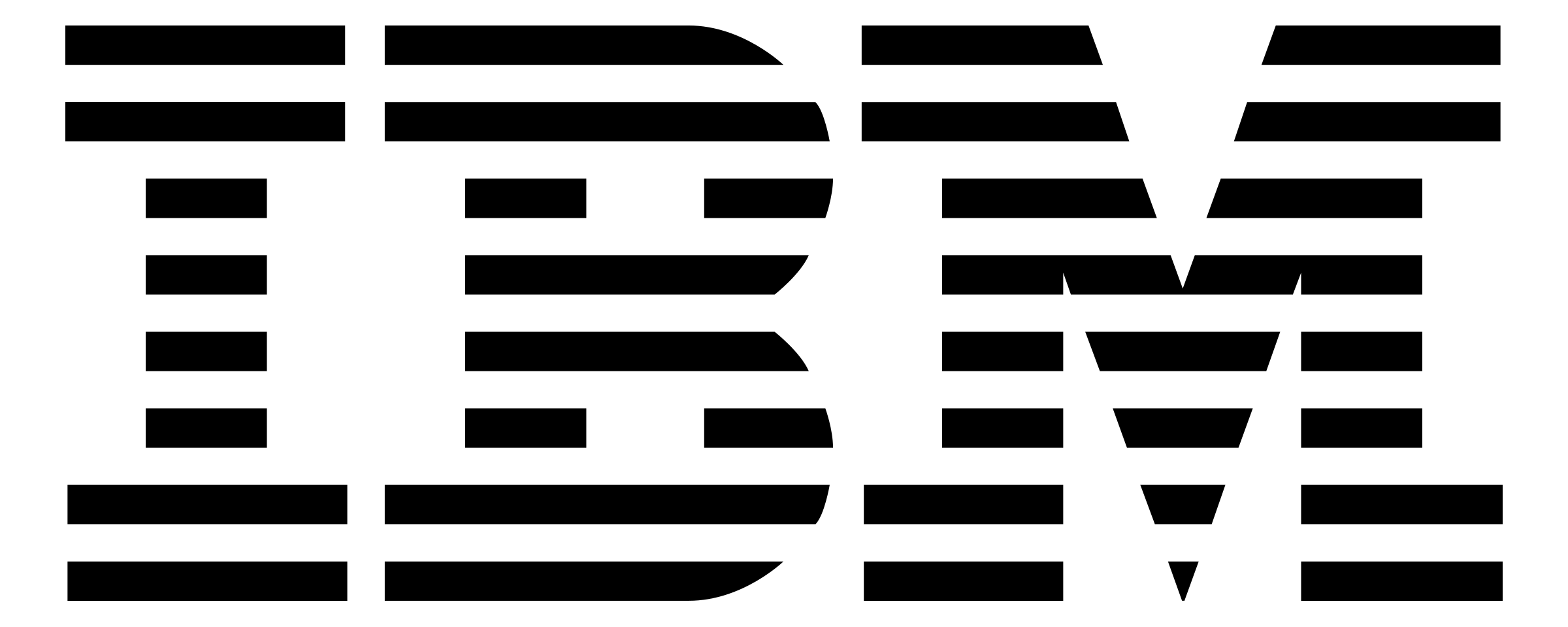IBM launched the LinuxONE 4 Express this week—the second generation of its strategic platform to bring mainframe capabilities to the small and medium-sized business (SMB) market. While most people probably think of IBM technology as catering to the largest enterprise datacenters focusing on performance and security, LinuxONE aims to expand the addressable market for the company’s server technology.
In the following sections, I’ll provide the details about LinuxONE 4 Express and examine the appeal of this platform.
LinuxONE Express brings enterprise-grade technology to the masses
While x86 servers may populate most datacenters, nobody would argue against the might of the IBM server. From silicon to software, IBM Z and LinuxONE servers are designed for performance, security, reliability, and sustainability. Without a doubt, these server platforms are used by many organizations that can’t afford to compromise on these qualities. The premium paid by many of the largest enterprises for these systems is an investment that is considered money well spent, as evidenced by the 8% YoY growth of IBM zSystems in the company’s latest earnings.
But the question has always been how to bring this level of support to organizations that are a little more budget-constrained. Essentially, how can IBM expand from Wall Street to Main Street? After all, the standout capabilities of these systems are equally important to smaller companies, and in some ways maybe even more so. A small startup born in the cloud has a lot of security concerns that are on par with the large multinationals.
Enter LinuxONE Express. First introduced with LInuxONE III, this platform was designed to do what I just described—deliver that IBM goodness downmarket, and do so in an easily consumable way with simple deployment, provisioning, and management. Essentially, it merges the simplicity of x86 with the power of IBM.
LinuxONE 4 Express — Doubling down on performance, security, and IT simplicity
LinuxONE 4 Express leans further into this value proposition as it focuses on simplifying the adoption of enabling technologies such as hybrid cloud and AI without sacrificing security. Doing this with an eye toward economics removes the most significant barrier to adoption for smaller organizations. (IBM claims that it provides up to 52% TCO savings relative to x86 over a five-year lifecycle.)
Almost every cliché has been used to describe the importance of data in the modern business. While borderline nauseating, these clichés are also true. As such, organizations are tasked with deriving value from data as quickly as possible without sacrificing its security as it moves across the enterprise.
When it comes to these two imperatives—delivering performance without sacrificing security—IBM has always been as diligent and uncompromising as possible. Its Telum processor, the heart of LinuxONE 4 Express, is highly performant with built-in AI acceleration. Telum drives IBM’s top-of-the-line servers that handle extremely low latency workloads such as credit card fraud detection. Being able to bring this performance to workloads such as medical imaging for hospitals at an affordable cost seems quite compelling.
For this performance to be useful to an organization, it has to come with assurance of security and privacy. Thanks to IBM Secure Execution (built into Telum), the LinuxONE 4 Express data platform’s hardware-based security is complete and performant. What does this mean? First, it means that the design goal of LinuxONE 4 Express is to secure data from the cradle to the virtual grave. Second, by baking security into the most fundamental levels of hardware, the performance “tax” associated with security is virtually nonexistent.
It’s not difficult to draw a line from LinuxONE 4 Express to workloads such as AI inferencing, digital asset management, disaster recovery, or database consolidation. Consider the organization that is paying a hefty licensing fee to, say, Oracle every year. Consolidating all of these instances onto a single platform is cost-effective and far simpler for database administrators.
This isn’t your typical processor or server, but you would never know it
If you are an IT professional unfamiliar with IBM technology and trying to get your arms around how Telum compares with EPYC or Xeon—or how LinuxONE 4 Express compares with ProLiant or PowerEdge—don’t bother. Telum is a different processor, and LinuxONE 4 is a different server. This isn’t to slight AMD, Intel, Dell, or HPE—or even IBM, for that matter. It’s just a different architecture.
It’s easy to read “different” and translate that as “complex” or “too disruptive.” But in this case, that would be a mistake. When I was an IT executive, I can proudly say, I was highly risk-averse, too. But IBM understands these concerns and has addressed them in a couple of important ways. First, the deployment and configuration of LinuxONE 4 Express is managed by IBM or one of its trusted channel partners, so it’s a frictionless process. Second, IBM has done a strong job of leveraging its Red Hat portfolio and the Linux ecosystem. If your organization is familiar with managing Linux (RHEL, SLES, Ubuntu), it will be more than ready to consume LinuxONE 4 Express.
IBM is offering its entry-level platform at a $135,000 price point. Again, please do not look at this price and compare it to, say, a single HPE ProLiant server. It’s worth repeating the company’s claim of 52% TCO savings over a five-year period compared with an x86 equivalent.
Closing thoughts
I’ve been around long enough to understand that LinuxONE 4 Express, while quite compelling, will not replace every x86 server in the enterprise datacenter. As I’ve discussed in past articles, the x86 architecture has been deployed so widely for good reasons, and organizations that live in an x86-only world will likely continue to do so. Risk-averse is risk-averse.
However, for organizations with a mixed environment—maybe IBM Z or LinuxONE running alongside x86 servers—LinuxONE 4 Express could be very attractive. The performance, reliability, and security value prop of IBM is unmatched. Those who know, know.
Either way, I highly recommend that people unfamiliar with IBM compute platforms spend some time learning about them. My IT life began in the UNIX and x86 market, and IBM server technology was always foreign to me. My colleagues and I would shudder when we heard “mainframe” in a meeting. Isn’t it funny that we would downplay the significance of a platform used for decades to handle the most mission-critical workloads? I’m talking about workloads that couldn’t compromise at all on the very things we value today—performance, reliability, and security.
I’m certain LinuxONE 4 Express will find its place among current IBM customers and those who have truly embraced the notion of cloud-native architectures. And I’m also sure these customers will have a unique advantage in the market.
























































































